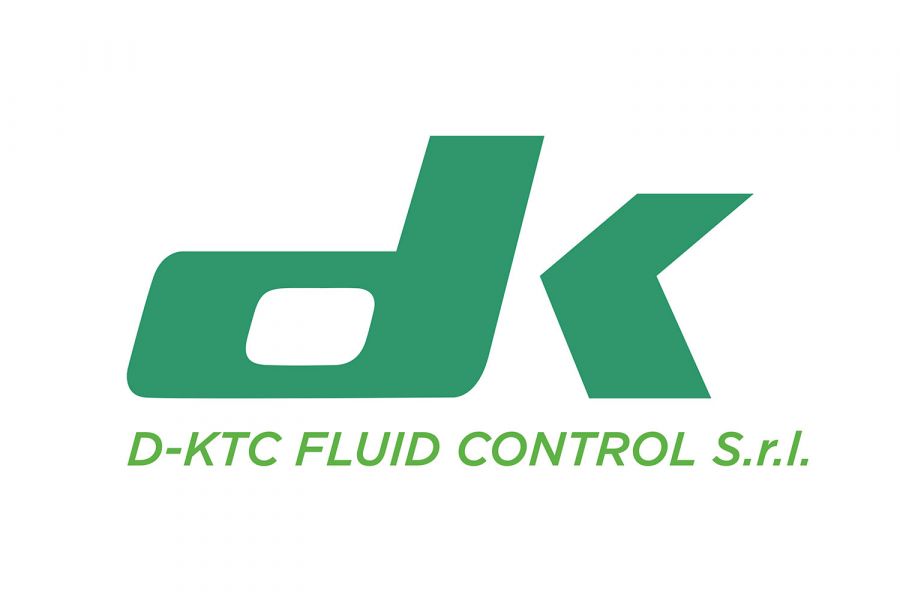
D-KTC FLUID CONTROL
Località Pradaglie 29013 Carpaneto (PC)
+39 0523 853038www.dktcfluidcontrol.come-mail
Landing > Piacenza Energy > Steam traps

A steam trap is a device used to discharge condensates and non-condensable gases with a negligible consumption or loss of live steam. Steam traps are nothing more than automatic valves. They open, close or modulate automatically.
The three important functions of steam traps are:
The operation of a steam trap depends on the difference in properties between steam and condensate. Since liquid condensate has a much higher density than gaseous steam, it will tend to accumulate at the lowest possible point in the steam system. Steam properties such as density, latent heat, and saturation/boiling point are affected by pressure.
Steam traps can be split into three main categories; Mechanical, Thermodynamic, and Thermostatic. Each type uses a different operating principle to remove condensate and non-condensable gases and keep steam in the system. The vast majority of steam traps in current operation are of the mechanical operated design.

Località Pradaglie 29013 Carpaneto (PC)
+39 0523 853038www.dktcfluidcontrol.come-mail